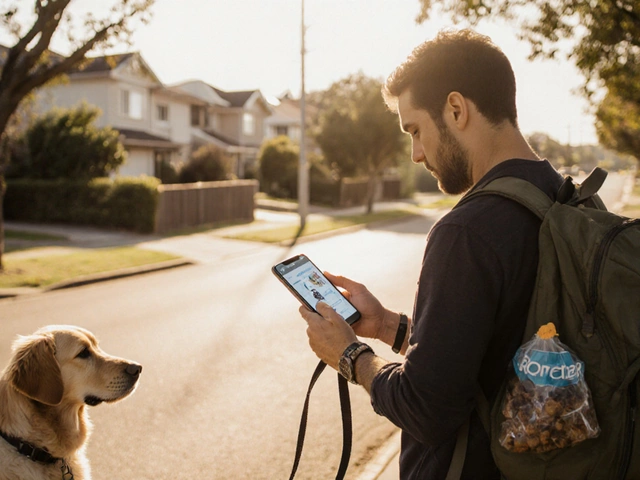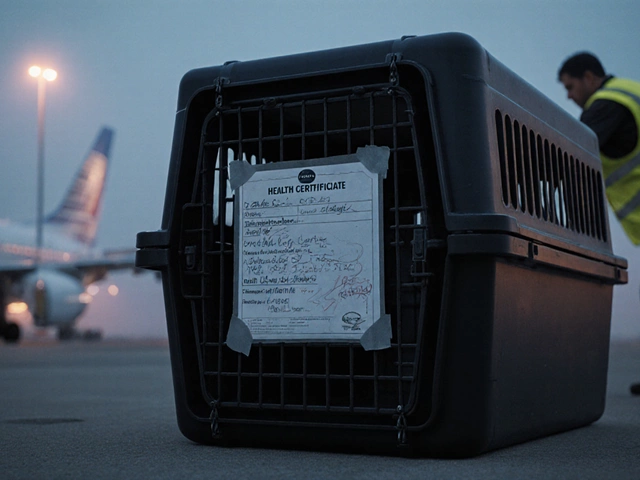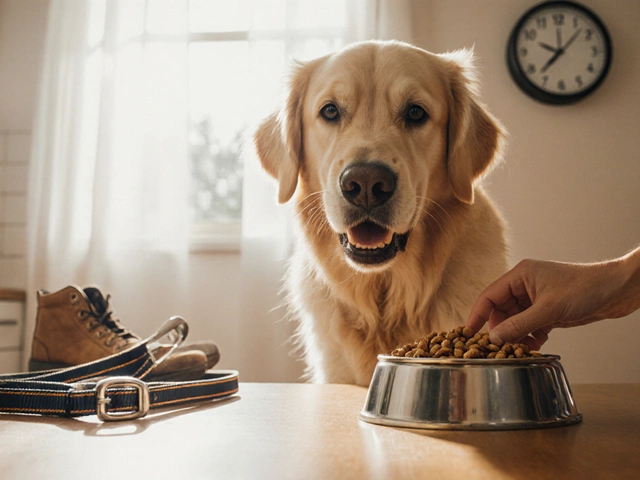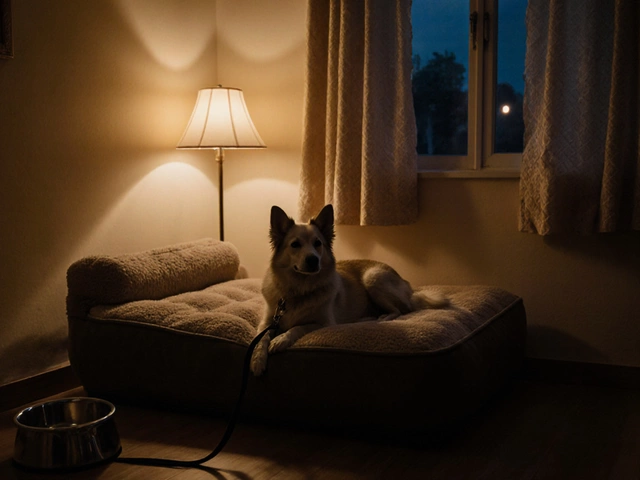Dog Training Methods: Simple Ways to Teach Your Pup
Got a new puppy or a stubborn old dog? You don’t need a fancy degree to get results. Most owners succeed when they stick to a handful of proven methods and stay consistent. Below you’ll find the core ideas that work for every breed, size, and temperament.
Positive Reinforcement Basics
The easiest, most humane way to train is by rewarding good behavior. Grab a treat you know your dog loves—small, tasty, and quick to eat. When your dog sits on cue, give the treat, a cheerful “yes!”, and a brief pet. The brain links the action to the reward, and the behavior repeats. Keep sessions short (5‑10 minutes) and end on a high note so your dog stays eager.
Clicker training follows the same principle. The click marks the exact moment the dog does what you want, then you follow with a treat. Over time your dog learns to watch for the click and will perform the desired action to earn the reward. The key is timing—click the instant the behavior happens.
Common Training Challenges & Solutions
Housebreaking. Most owners wonder, “When will my puppy stop peeing in the house?” Start by taking the pup out on a schedule: after meals, after naps, and every 2‑3 hours. Use the same door each time and praise loudly when they finish outside. If an accident occurs, clean the spot with an enzymatic cleaner so the scent doesn’t lure them back.
Loose‑Leash Walking. Dogs love to pull because they want to get ahead. Instead of fighting the leash, teach a “heel” cue. Walk with the leash slack, and when the dog stays by your side, reward immediately. If they pull, stop walking until the leash loosens, then continue. The dog learns that forward movement only happens when they’re beside you.
Recall. Getting your dog to come when called can save lives. Practice in a low‑distraction area first, using a happy, high‑energy voice and a special “come” cue. Reward with a high‑value treat or game of fetch. Gradually increase distractions, but never punish a late return—punishment makes the dog reluctant to come.
Every method shares two ingredients: consistency and timing. If you skip days or give mixed signals, your dog gets confused and progress stalls. Keep a training journal, note what works, and adjust as needed.
Finally, remember that training is a bonding experience. Use it to build trust, not just obedience. A well‑trained dog is a happy dog, and you’ll both enjoy a calmer, more fun life together.
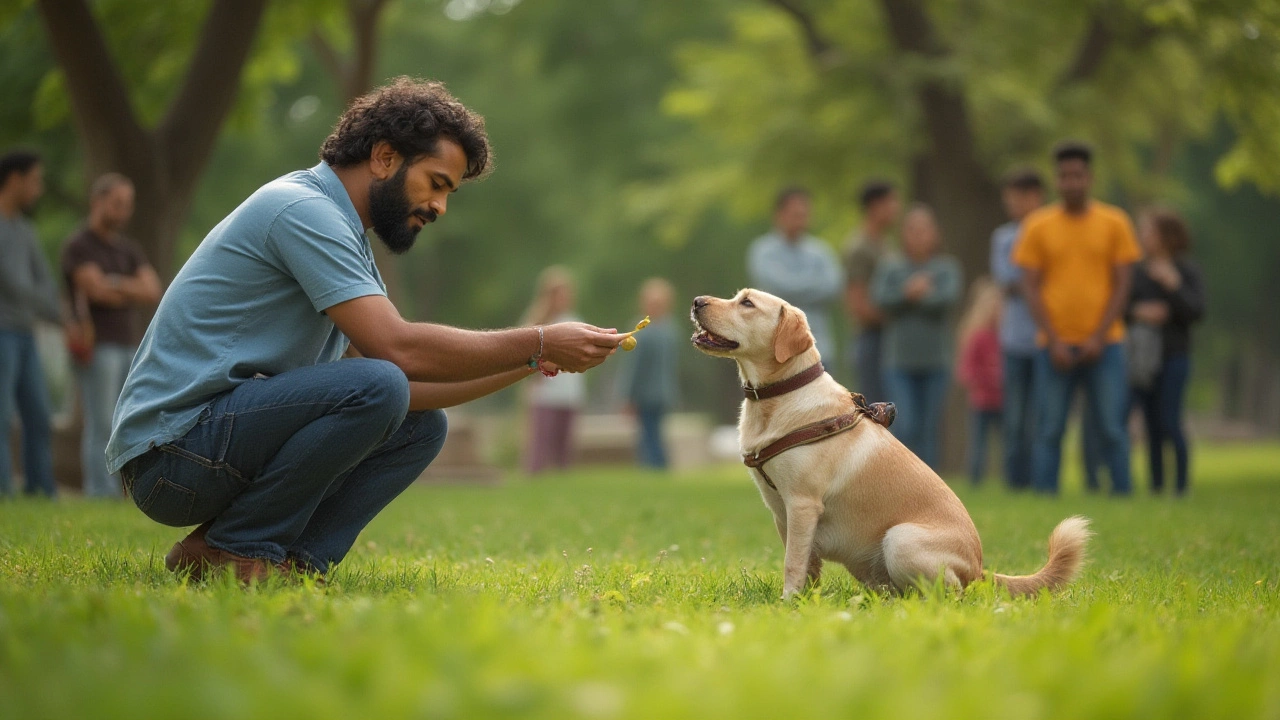
Do Professional Dog Trainers Use Shock Collars? Pros, Cons, and Real-World Insights
Explore the real scoop on whether professional dog trainers use shock collars, how these devices work, and what top experts say about humane and effective dog training methods.
read more